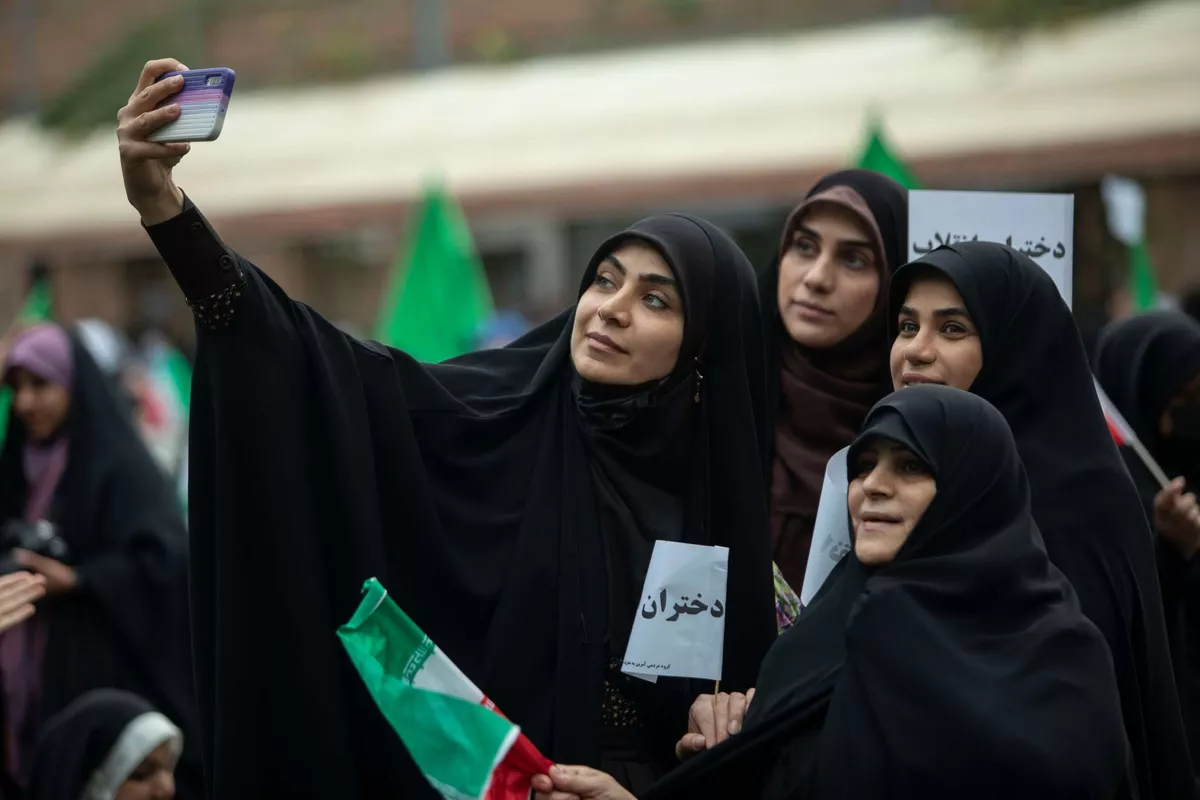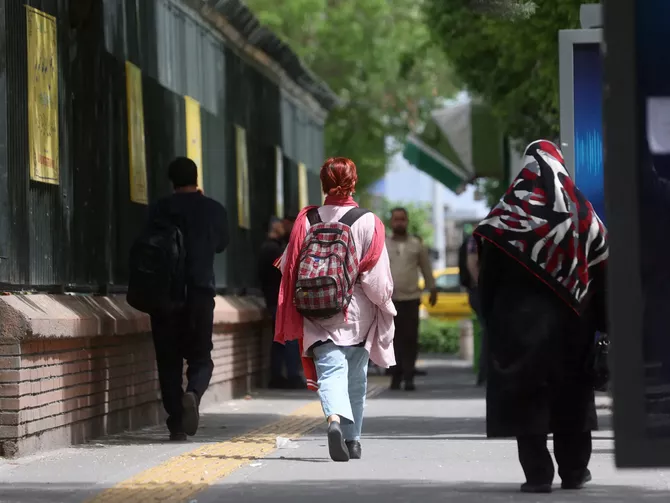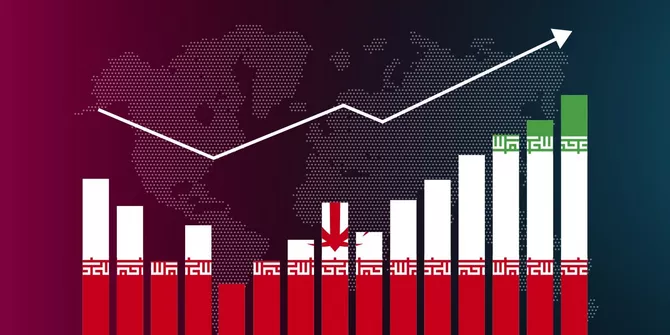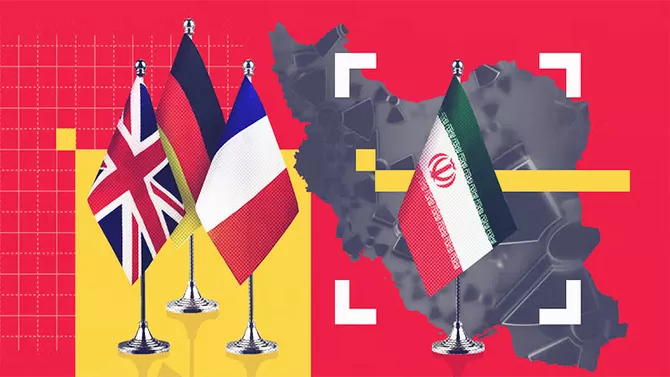
photo: ABC News
One of the main goals of the 1979 Islamic “revolution” was to reverse the process of Westernization in Iranian society. Fearing a loss of influence over the broader population, the new authorities resolutely, and often ruthlessly, began to impose Sharia law. A central element of the Islamists’ program was the mandatory wearing of the hijab. Initially, this process unfolded relatively calmly. Over time, however, women increasingly voiced their dissatisfaction with the suppression of personal freedoms. The mass protests of 2022, which erupted after the death of Mahsa Amini while in the custody of the morality police, serve as a vivid reminder. At that time, the unrest was harshly suppressed, reflecting a period when the Islamic regime still inspired fear both within the country and in some neighboring states.
Following the regime’s defeat in June 2025, when Israel and the United States delivered a crushing blow to the ayatollahs during a 12-day war, signs of change began to appear in Iran’s domestic policy. Observers note that Iran may be entering an era reminiscent of the “Khrushchev Thaw,” a period of relative liberalization that eventually contributed to the collapse of the Soviet Union. The process of de-Islamization began with a statement by Mohammad-Reza Bahonar, a member of the Expediency Discernment Council, who announced that Iran’s Islamic system would “softly reform” its position on the hijab. Naturally, this provoked furious reactions from ultra-radicals, who are demanding the full enforcement of the Law on Hijab and Chastity, whose implementation was suspended earlier this year.

photo: Al Jazeera
According to Iran International, Bahonar’s statement came at a time when Iran’s leadership is struggling to contain public discontent amid the reimposition of UN sanctions. The strong backlash from conservative circles following his remarks underscores the deepening divisions within Iran’s power structures. On October 3, Bahonar told journalists that the hijab and chastity law, quietly shelved by the Supreme National Security Council (SNSC) in May, “no longer has legal force.” In effect, the regime appears to be abandoning some of its long-standing ideological pillars. Compounding the uncertainty, many observers note that the rahbar (supreme leader) has not appeared in public for some time, fueling widespread speculation.
The Islamic Republic’s defeat in its conflict with Israel, beyond its military implications, has plunged the country into a systemic economic crisis, triggering acute shortages of water and energy. Over the past decade, around 9.5 million Iranians have fallen into poverty as a result of international sanctions, ineffective economic management, and volatile oil prices.
Before sanctions were imposed under U.S. President Barack Obama, Iran’s poverty rate had been steadily declining. After their introduction, production and living standards dropped sharply. Between 2011 and 2020, the share of Iranians living below the poverty line rose from 20% to 28.1%. The trend, analysts note, closely mirrored the cycles of sanctions being imposed, eased, and reimposed. During that period, Iran’s GDP per capita contracted by an average of 0.6% annually. Experts estimate that, had sanctions not been enforced, the country’s economic growth would have exceeded the actual level by nearly 19 percentage points.

photo: PRESS TV
In mid-November 2024, the U.S. State Department announced new sanctions on Iran’s oil and gas sector amid Israel’s war with Hamas. The department noted that Iran exports more than one million barrels of oil per day and warned that these “figures will decrease” once the new restrictions take effect. Iran continues to support the Palestinian group Hamas, Lebanon’s Hezbollah, and other Islamist organizations.
Despite the sanctions, Iranian authorities have managed to build a complex system to evade them. The Wall Street Journal reported that the country has developed a secret banking and financial network enabling Tehran to conduct trade deals worth tens of billions of dollars annually.
Nevertheless, inefficient financial management and massive spending on missile and nuclear programs have driven sharp price increases. Between 2012 and 2013, inflation surged to 40 percent, 2.6 times higher than the average of the previous 12 years. At the same time, Iran’s national currency, the rial, plummeted, losing about 80 percent of its value against the U.S. dollar. During the second major crisis in 2018, the government set an official exchange rate of 42,000 rials per dollar in an attempt to contain inflation. However, this measure proved ineffective. Alongside the official rate, a market rate developed, which by mid-October 2022 had exceeded 325,000 rials per dollar and by mid-November 2023 surpassed 510,000. Currently, the official exchange rate remains at 42,000 rials per dollar. Efforts to eliminate this official rate, used primarily for importing essential goods, have triggered fresh waves of inflation. The government is now considering redenominating the currency by removing several zeros. For trade transactions, a special exchange rate known as NIMA has been introduced; it stands between the official and market rates.
Since 2020, when the U.S. imposed additional sanctions, prices have continued to rise steeply, climbing nearly 60 percent in 2022 alone. The increase has been especially severe for basic food items such as bread and eggs: in autumn 2022, food and beverage inflation reached between 81.2 and 87 percent, the highest level since 2012. By November 2023, overall inflation stood at 39.2 percent, and it has continued to rise, driven by the ongoing war and new sanctions imposed by France, the United Kingdom, and Germany.

photo: IRNA
It should be noted that the rigid policies of Iran’s leadership have left the country almost completely isolated from the global financial and economic system. Between 2012 and 2021, Iran’s average annual GDP growth stood at just 0.58 percent. During the same period, GDP per capita dropped by nearly 70 percent, falling to $2,400 by 2020. As a result of Western sanctions, many foreign companies withdrew from the Iranian market. Tehran has tried to offset the loss of potential investments by redirecting trade toward Asian and Eastern European countries.
Amid hyperinflation, the minimum wage has declined to roughly half the cost of the basic consumer basket. Nearly half of Iran’s population earns less than the minimum wage, as many work in the informal sector. The continued depreciation of the rial and the persistent rise in prices have fueled a steep increase in poverty. At the same time, the country is grappling with an energy and water crisis. Tehran, the nation’s largest metropolis, has been hit particularly hard: its sewage and water supply systems are severely deteriorated. The ongoing drought could trigger famine across large parts of Iran.
In such circumstances, repression alone is unlikely to suppress mass protests. Relaxing the hijab law will not be enough to “buy off” public anger. Iran stands on the brink of major upheavals. It is no coincidence that its leadership supported the ceasefire in Gaza - an implicit recognition that the world is changing, and that neither the IRGC, nor its defeated proxy groups, nor its nuclear ambitions can stop that change.
Share on social media